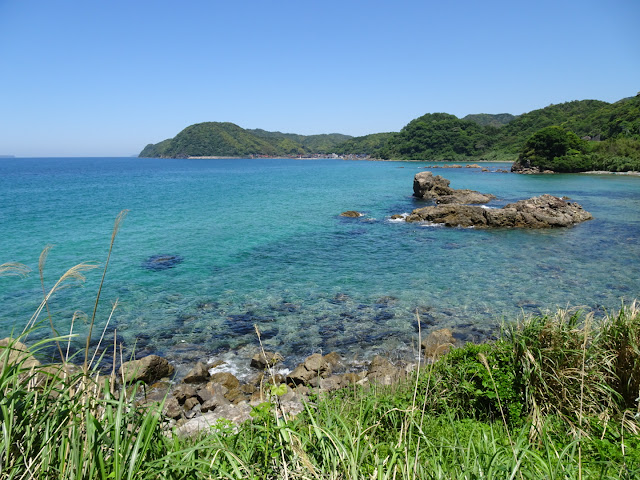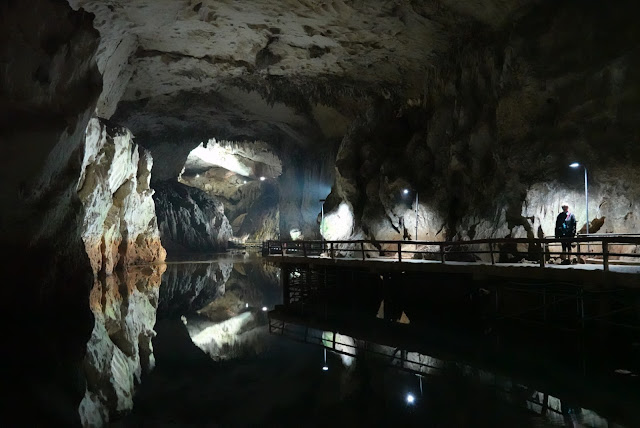1) People with tattoos are generally not allowed to enter an onsen.
2) In a public onsen, you first take off your shoes, put them in a locker and then proceed to pay your entry fee (usually around 400 - 600 yen, i.e. approximately A$5 - 8). If the onsen is in your hotel, change into the yukata and slippers provided by the hotel. See rules below.
3) Proceed to the men’s/women’s change room, remove all clothing and put it into a locker.
4) Go to one of the washing stations, sit on a small stool and scrub yourself from head to toe with a small towel (you need to bring or buy one). We have noticed that most women spend at least 15 minutes scrubbing every bit of their body! Soap, shampoo, a small bucket and a shower faucet are provided. It is considered rude to splash other people, so use the bucket, rather than the shower!
5) Hose down stool, bucket, yourself and washing station and place the towel on your head or tie it around your hair. It is against the rules to dip the towel into the bath water!
6) Soak in the hot water and relax.
I am sure there are other rules that we don’t know yet, so this list might not be complete. While it all sounds complicated, it’s actually fun. And after a day on a bicycle it’s fabulous!
Washing stations at a ryokan.
We took these photographs when nobody else was around. Washing station with indoor pool and .....
... the outdoor infinity pool!




















































